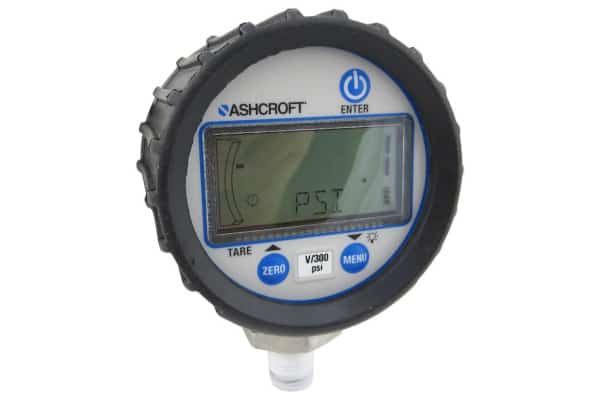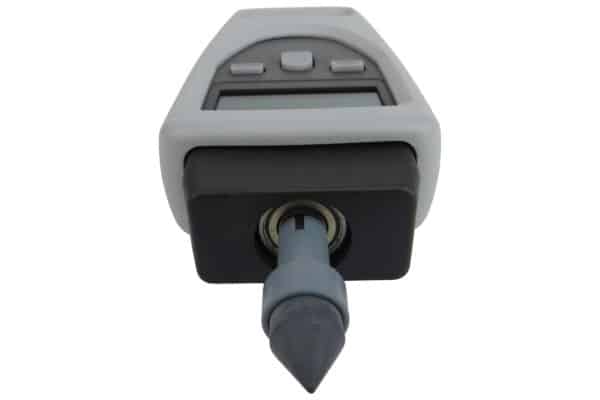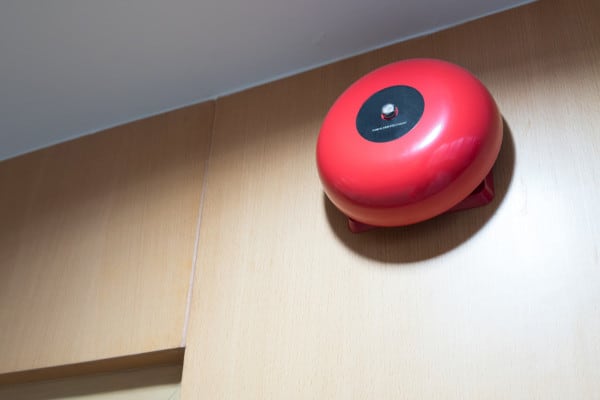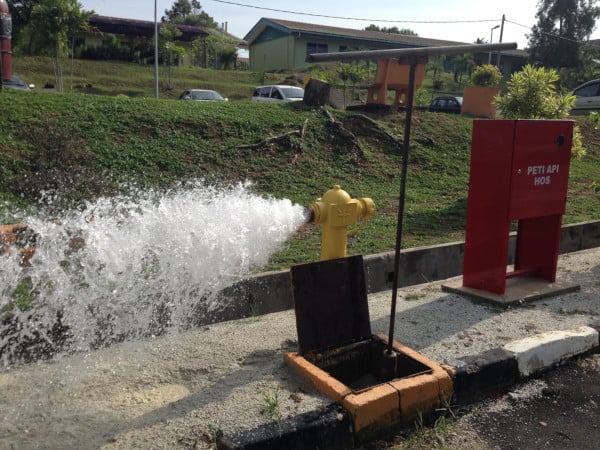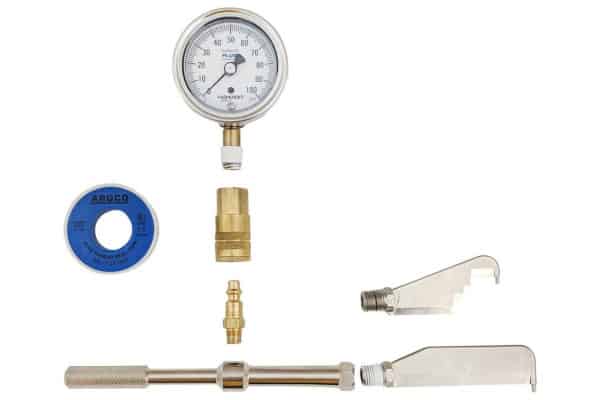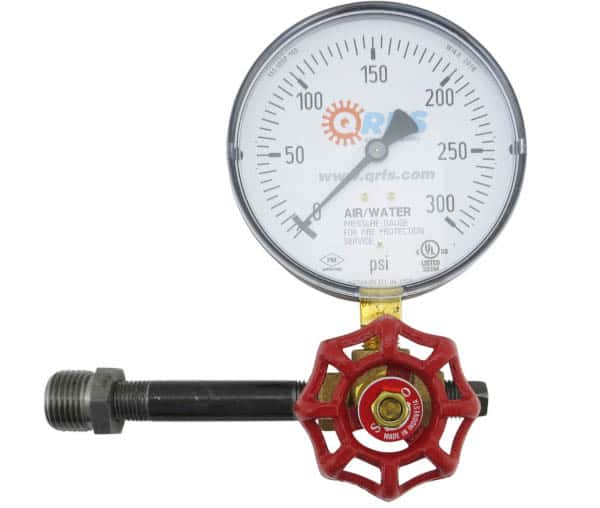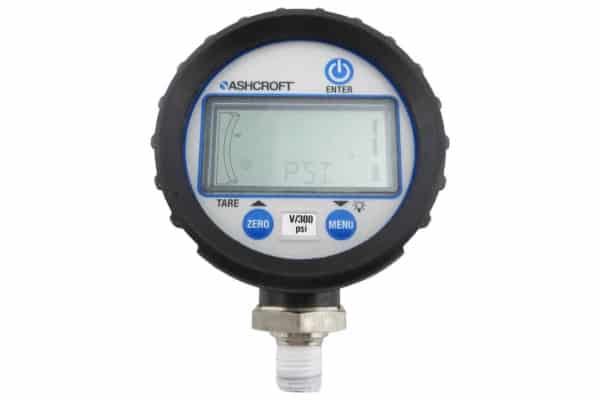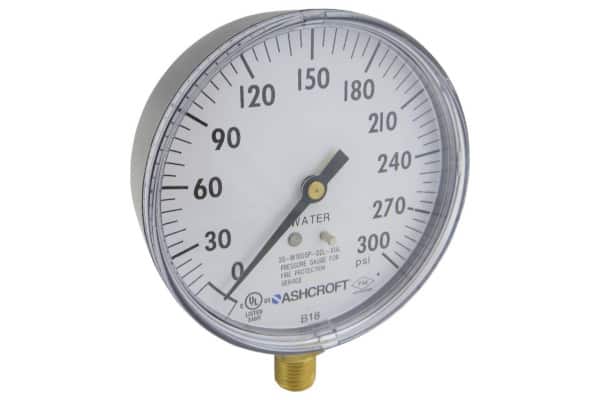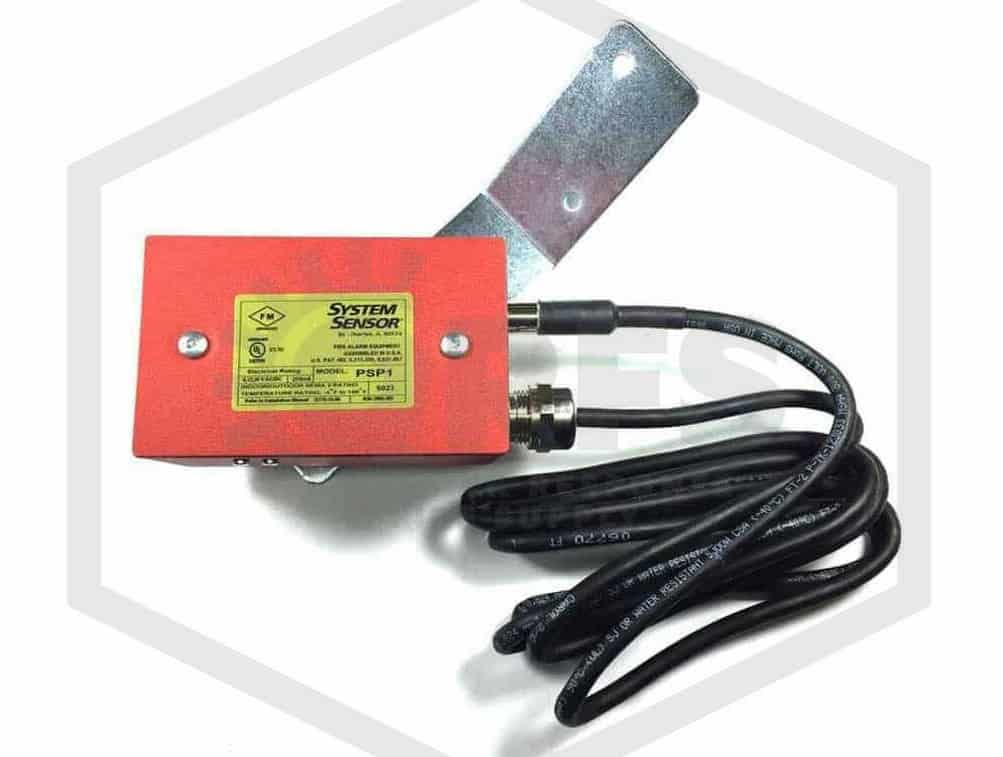#76 – Does My Pressure Gauge Need a NIST Certification?
Gain a better understanding of the National Institute of Standards and Technology (NIST), their mission, and what it means for your pressure gauges. Learn what it means when a gauge has a NIST Certificate, when it’s necessary, and options for getting a certification for gauges in your current inventory.


